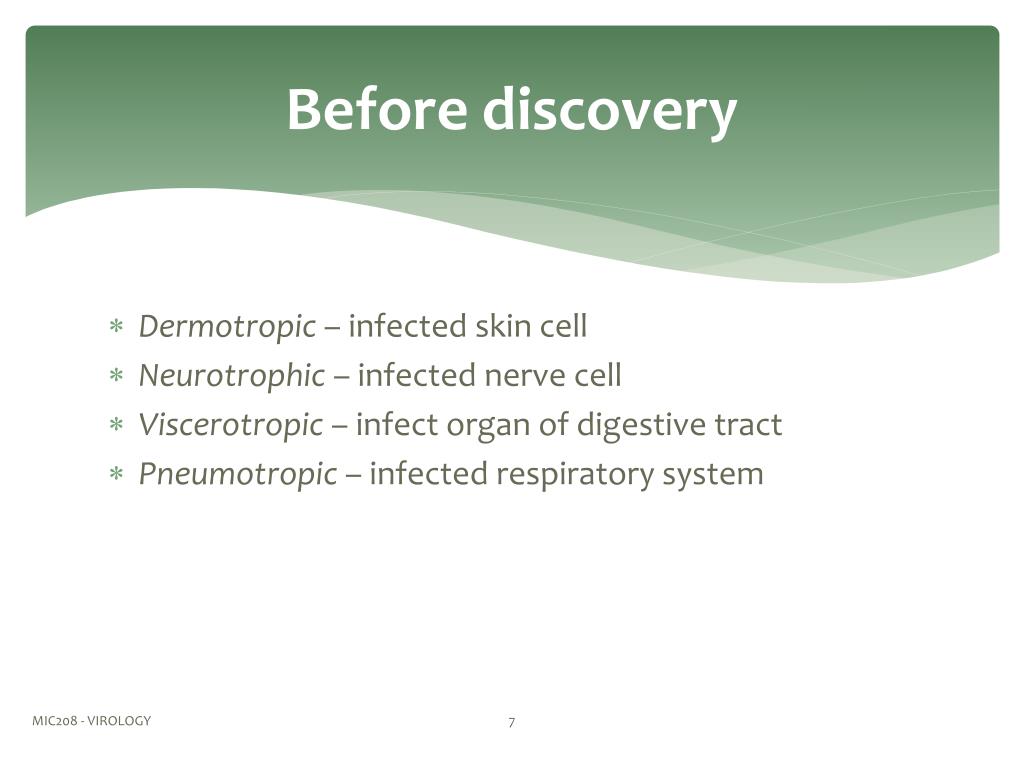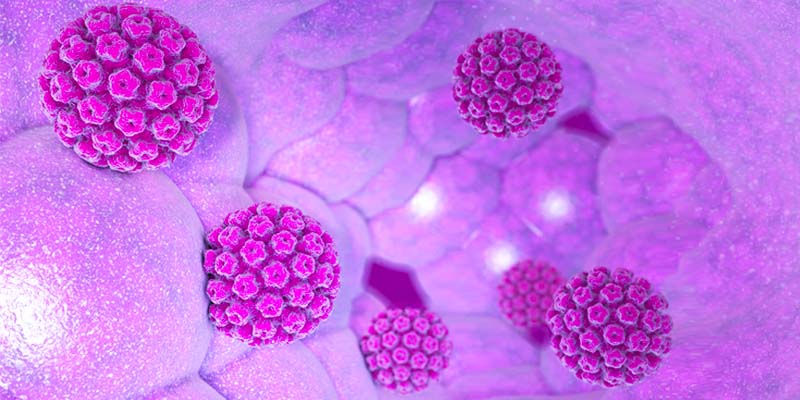Animal papillomavirus information
Home » Trending » Animal papillomavirus informationYour Animal papillomavirus images are ready. Animal papillomavirus are a topic that is being searched for and liked by netizens today. You can Download the Animal papillomavirus files here. Download all free vectors.
If you’re searching for animal papillomavirus images information connected with to the animal papillomavirus interest, you have come to the ideal blog. Our website frequently provides you with suggestions for downloading the maximum quality video and picture content, please kindly hunt and locate more enlightening video articles and graphics that fit your interests.
Animal Papillomavirus. These lesions, depending on the site affected,. Human papillomavirus infection ( hpv infection) is caused by a dna virus from the papillomaviridae family. However, a recent study (lange et al j clin microbiol 2011) has provided more insight into the virus. They are round and have an irregular surface, reminiscent of a cauliflower or sea polyp, and typically grow in clusters.
 Ear Polyp Infection From ehow.co.uk
Ear Polyp Infection From ehow.co.uk
Animal pvs cause distressing diseases in both farm and companion animals, such as teat papillomatosis in cattle, equine sarcoids and canine oral papillomatosis and there is an urgent need to understand the pathogenesis of these problematic infections. Cpv1 (also called copv) is a papillomavirus responsible for oral papillomatosis in young dogs. Symptoms of papilloma virus in dogs. Animal papillomaviruses can be transmitted in several ways and can cause a variety of warts and benign and malignant diseases. However, the disease is widely spread in horses, dogs, cats, sheep, goats, and camels. Your dog or cat has been infected with one of these papilloma viruses.
With currently 226 distinct characterized human papillomaviruses (hpvs), the majority of the established papillomavirus (pv) diversity is isolated from humans [1].
For cattle, it must be given as early as 4 to 6 weeks old. However, because it tends not to cause severe disease, this virus doesn’t get a lot of attention in the research world. Canine papillomavirus is spread by direct contact between an infected dog and a susceptible dog. Animal pvs cause distressing diseases in both farm and companion animals, such as teat papillomatosis in cattle, equine sarcoids and canine oral papillomatosis and there is an urgent need to understand the pathogenesis of these problematic infections. Infected oral papillomas can cause pain. Papillomas usually establish on the lips, tongue, throat or gums.
 Source: businessinsider.com
Source: businessinsider.com
The most common treatment for animal warts, whatever the species, is. Different types of canine papillomaviruses have been found to be associated with distinct pathologies including exophytic warts as in canine oral papillomatosis, endophytic warts, and pigmented plaques and, in some cases, squamous cell carcinomas. Animal papillomaviruses can be transmitted in several ways and can cause a variety of warts and benign and malignant diseases. Canine papillomavirus is spread by direct contact between an infected dog and a susceptible dog. Symptoms of papilloma virus in dogs.
 Source: ehow.co.uk
Source: ehow.co.uk
However, pets with immature immune systems such as young dogs and puppies, and those that are immunocompromised (have a reduced ability to fight infections), are more prone to developing papilloma warts. Cpv1 (also called copv) is a papillomavirus responsible for oral papillomatosis in young dogs. They are round and have an irregular surface, reminiscent of a cauliflower or sea polyp, and typically grow in clusters. It is now known that many genetically different papillomaviruses infect human beings, that specific types have predilections for particular anatomical sites, and certain types are known to be associated with lesions that progress to carcinoma. The most common treatment for animal warts, whatever the species, is.
 Source: relayhero.com
Source: relayhero.com
It is now known that many genetically different papillomaviruses infect human beings, that specific types have predilections for particular anatomical sites, and certain types are known to be associated with lesions that progress to carcinoma. Ce rapport décrit l’éclosion dans une garderie canine où 13 des 52 chiens ont développé une infection suspectée par le virus du papillome canin (vpc). All animals and people carry many viruses asymptomatically (without any clinical signs). Papillomavirus introduction papillomaviruses (pvs) are oncogenic dna tumour viruses (iarc, 1995). It is now known that many genetically different papillomaviruses infect human beings, that specific types have predilections for particular anatomical sites, and certain types are known to be associated with lesions that progress to carcinoma.
 Source: farmhousetack.com
Source: farmhousetack.com
From the ‘first generation’ vaccines based on inactivated virus, to the latest dna vaccines, the animal systems have shown that vaccination against papillomavirus is feasible and effective both prophylactic and therapeutically. Bovine papillomaviruses (bpvs) produce generally benign tumours of the skin and of the mucous membranes of the alimentary and urogenital tracts. Papillomas usually establish on the lips, tongue, throat or gums. Animal papillomaviruses can be transmitted in several ways and can cause a variety of warts and benign and malignant diseases. Many hpv infections cause no symptoms and 90% resolve spontaneously within two years.
 Source: slideserve.com
Source: slideserve.com
The majority of dogs are asymptomatic unless the papillomas end up being infected. Many hpv infections cause no symptoms and 90% resolve spontaneously within two years. Vaccination must be given to animals at a very young age to prevent the possibility of the animal being infected with papillomavirus. The majority of dogs are asymptomatic unless the papillomas end up being infected. Infections by some papillomavirus types occur during the first few days of life and animals have lifelong asymptomatic infection.
 Source: best5.it
Source: best5.it
However, because it tends not to cause severe disease, this virus doesn’t get a lot of attention in the research world. The tumours, which may be papillomas or fibropapillomas, are commonly called warts and have been known for a long time, probably for centuries. However, the disease is widely spread in horses, dogs, cats, sheep, goats, and camels. However, in some cases, an hpv infection persists and results in either warts or precancerous lesions. While such viral diversity has not yet been described for any.
This site is an open community for users to submit their favorite wallpapers on the internet, all images or pictures in this website are for personal wallpaper use only, it is stricly prohibited to use this wallpaper for commercial purposes, if you are the author and find this image is shared without your permission, please kindly raise a DMCA report to Us.
If you find this site helpful, please support us by sharing this posts to your preference social media accounts like Facebook, Instagram and so on or you can also bookmark this blog page with the title animal papillomavirus by using Ctrl + D for devices a laptop with a Windows operating system or Command + D for laptops with an Apple operating system. If you use a smartphone, you can also use the drawer menu of the browser you are using. Whether it’s a Windows, Mac, iOS or Android operating system, you will still be able to bookmark this website.
Category
Related By Category
- 70s robot anime information
- Animated dd maps information
- Animal crossing new leaf mobile information
- Anime body base information
- Animal crossing jacobs ladder flower information
- Anime desserts information
- Animal paca information
- Animal crossing secrets information
- American animals review information
- Animal kingdom lodge rooms for 5 information